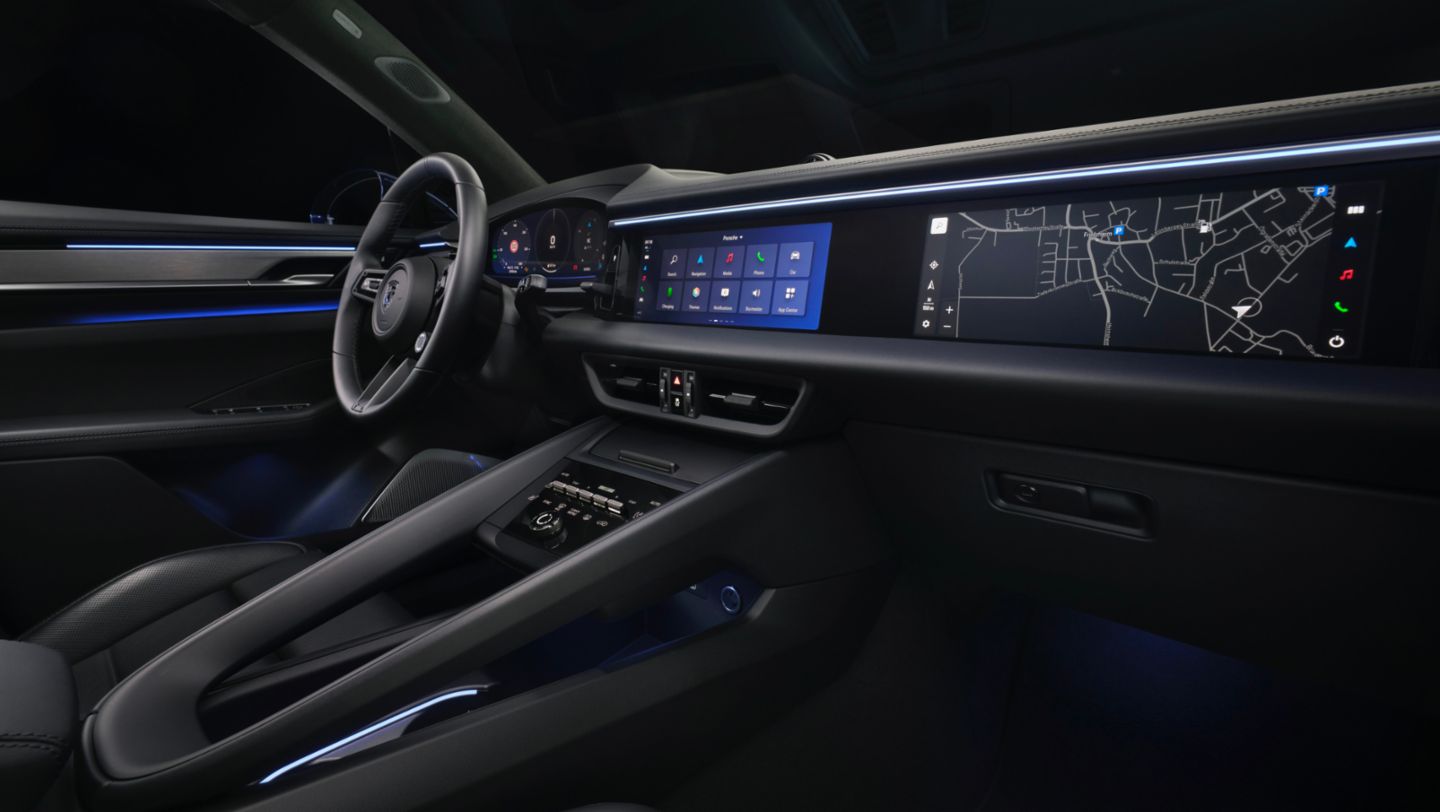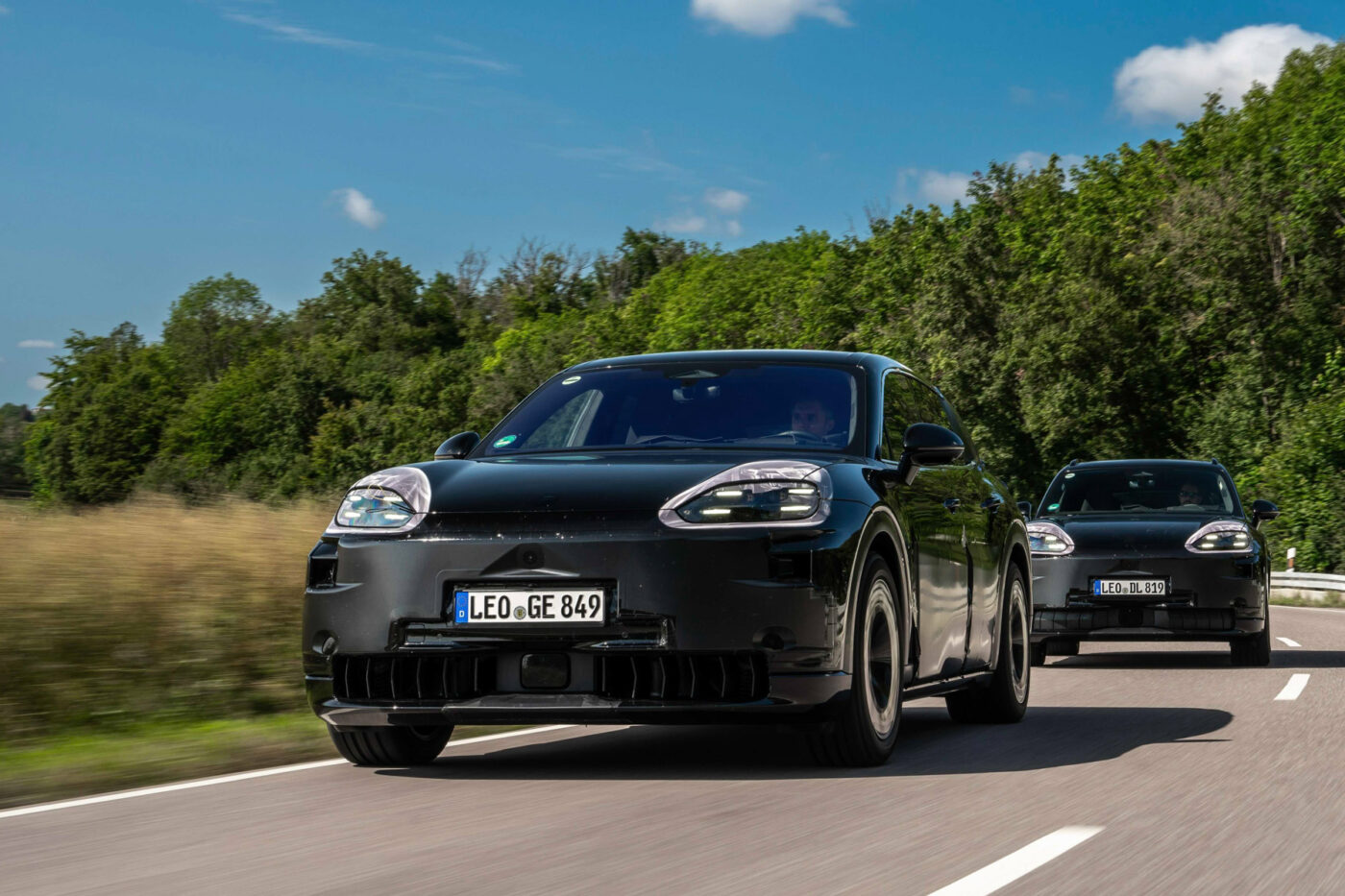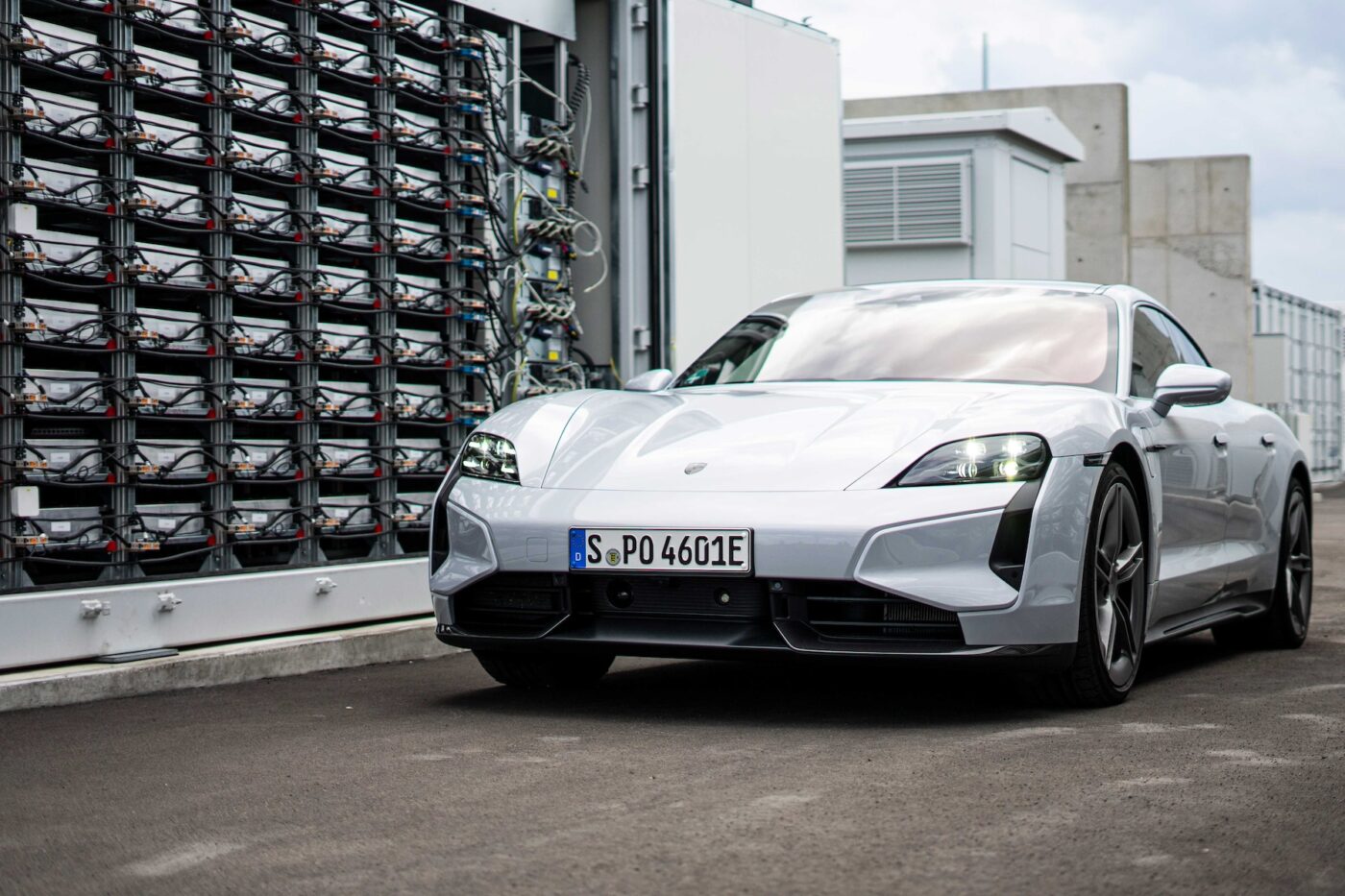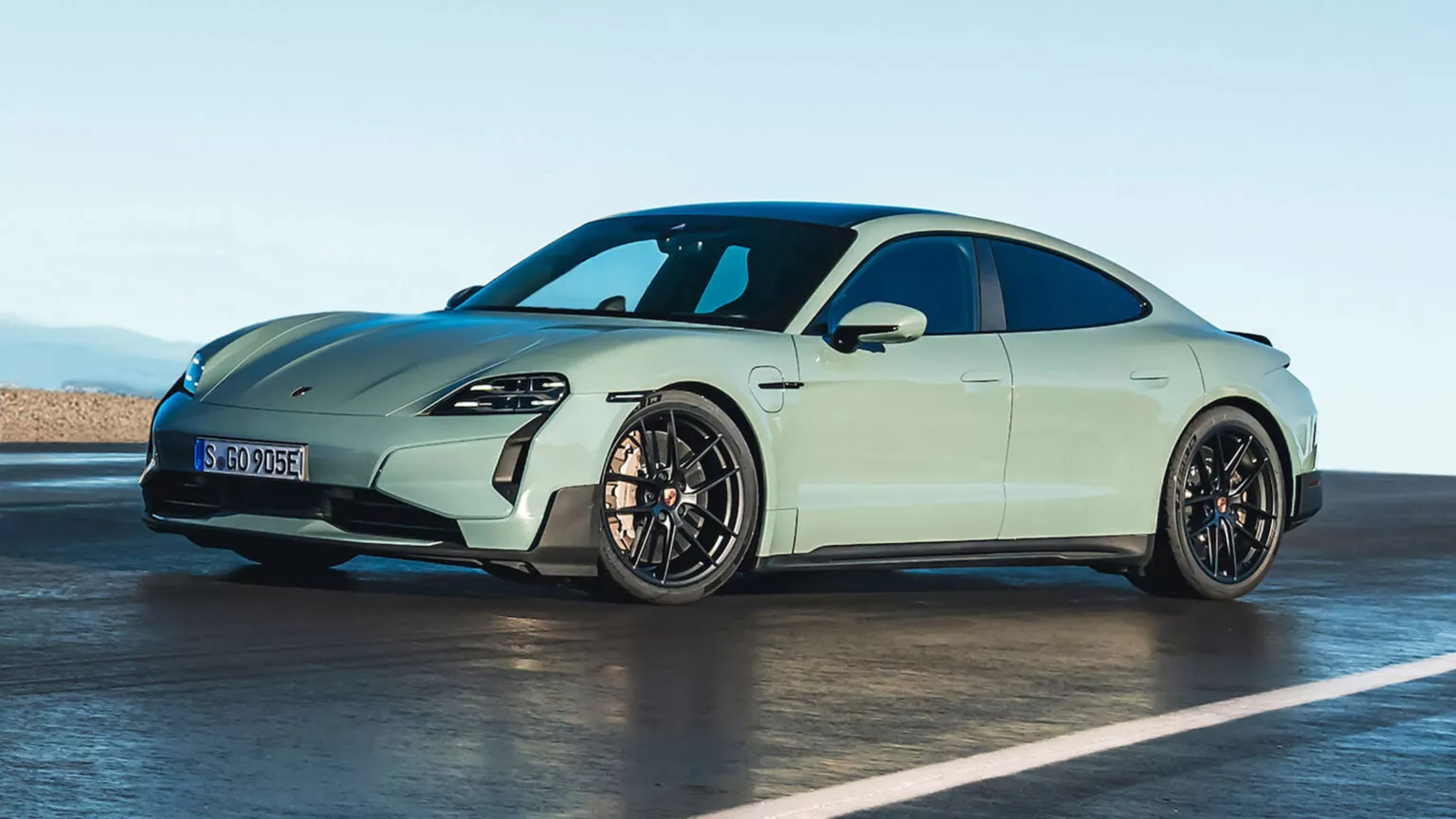Porsche has revised its strategy for transitioning to electric vehicles, reflecting a slower-than-expected ramp-up in electric car production. The German automaker has adjusted its 2030 target, stating that over 80% of its vehicles could be fully electric, contingent on global demand.
“The switch to electric cars will take longer than we assumed five years ago,” Porsche acknowledged. The company is adapting its strategy to account for this extended transition period, leading to an extension of production for the current generation of its Cayenne model, both in combustion and hybrid variants.
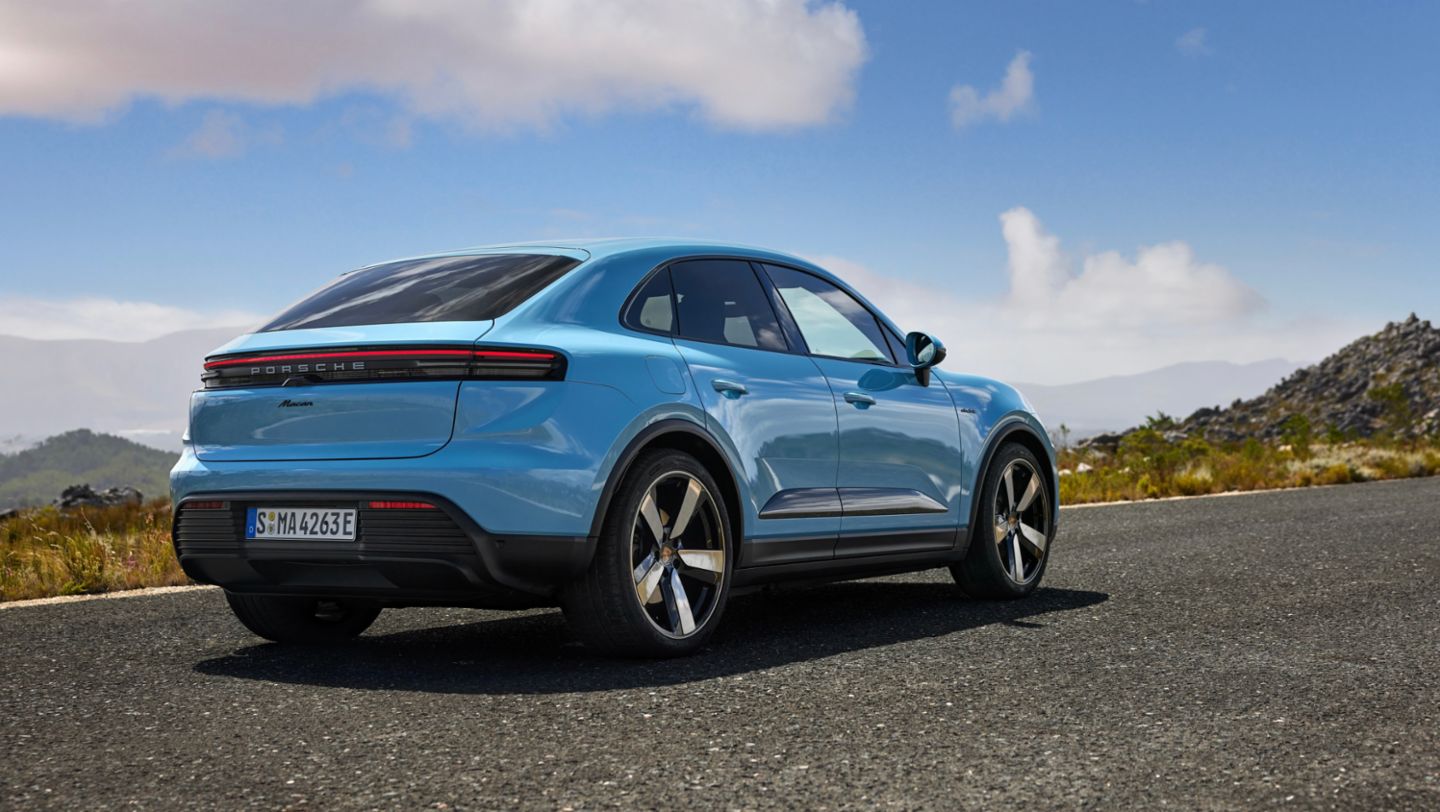
Porsche will continue to offer three combustion engine models in the future: the 911, the Panamera, and the Cayenne. While the Macan will be available exclusively as an electric vehicle in Europe, it will retain combustion engines for non-EU markets. Similarly, the upcoming generation of the 718 model series will also be electric.
The company is poised for several model changes this year, including the introduction of the new Macan and a significant update to the Taycan. Porsche anticipates a “V-effect” in sales, characterized by a sharp decline as old models phase out, followed by a rapid increase as new models become available. CEO Oliver Blume has described this period as a “year of transition.”
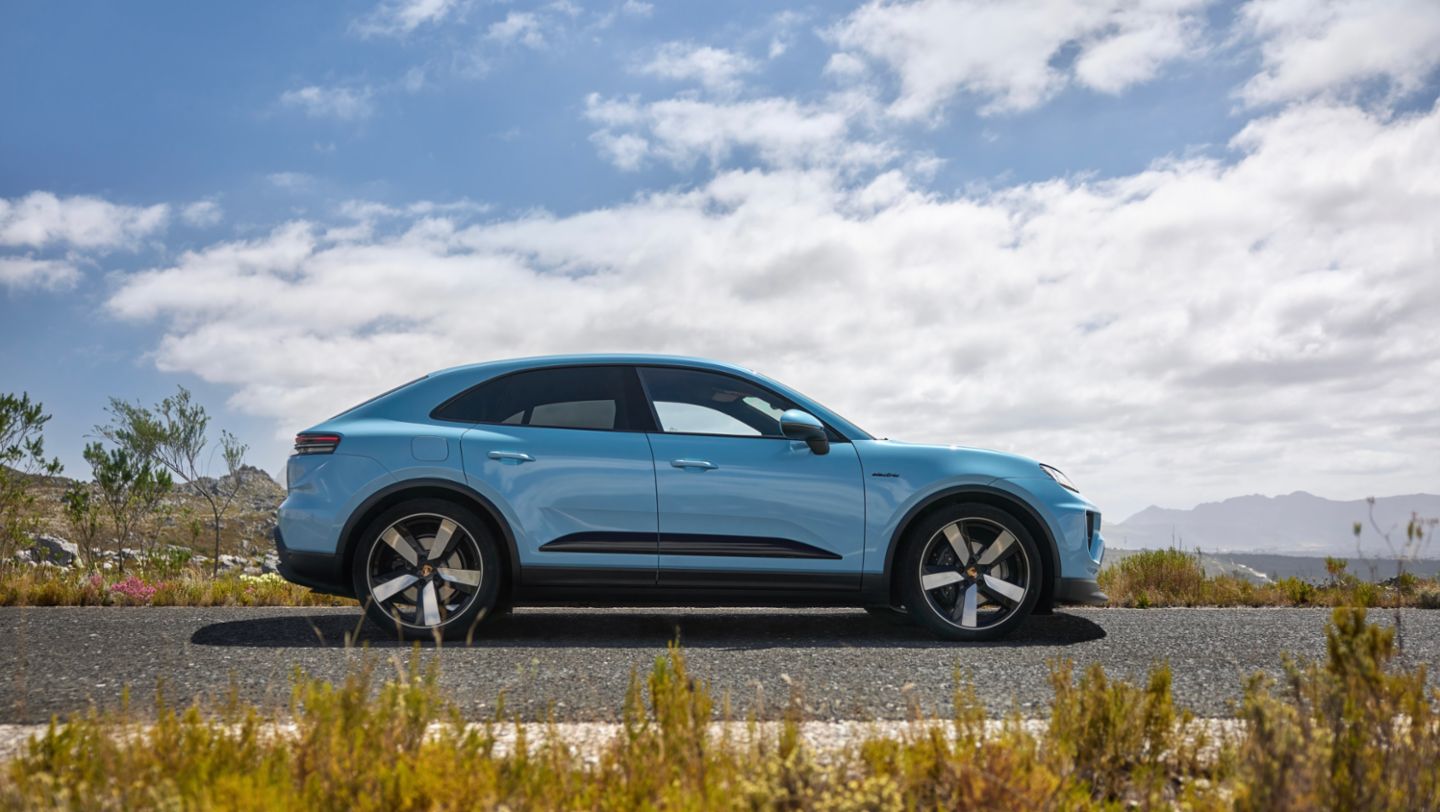
In 2023, Porsche sold approximately 95,000 Cayennes in combustion and hybrid forms, accounting for nearly 30% of total sales. According to Automobilwoche, the revised target of 80% electric vehicles by 2030 may be challenging to meet given the extended production of the Cayenne.
Additionally, Porsche will see a leadership change in China. Alexander Pollich, current CEO of Porsche Deutschland GmbH, is expected to become President and CEO of Porsche China, Hong Kong, and Macao, starting September 1, 2024. His predecessor, Michael Kirsch, will move to another role within the group. The company has not yet provided further details on Kirsch’s new position. This change comes as Porsche has faced recent declines in its sales figures in China.
